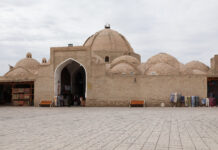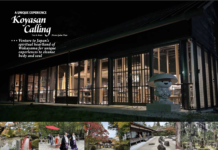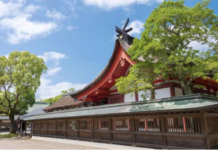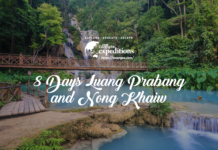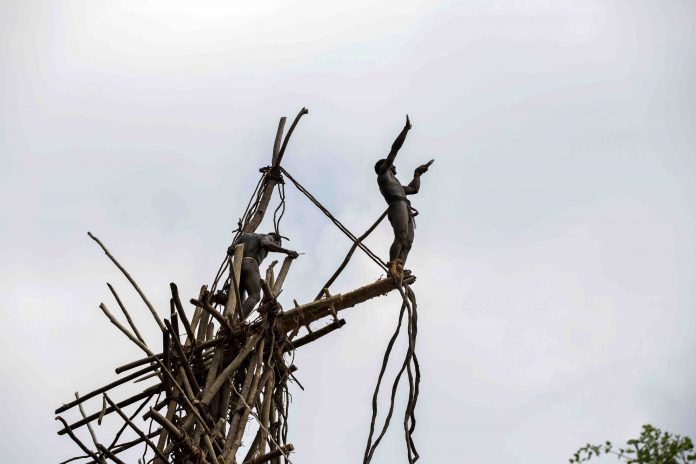
Text Woo Wan Lu Photos Quek Zong Ye
Living the Vanuatu way.
The wish to attain happiness is a basic human instinct. Some years ago, I found myself wondering where the happiest people live – and why they are happy. Thanks to the power of the Internet, I found the answer. A Google search revealed Vanuatu as the number one country on the Happy Planet Index. Fast forward to 2014. Vanuatu.
Welcome to Sulphur Bay
Among the 83 islands in this Oceanian nation is Tanna Island, home to the world’s longest-erupting volcano – Mount Yasur. Arriving on a twin-engine propeller plane, we were brought by our local guide to the island’s biggest market to stock up on groceries before heading off on a two-hour bumpy and winding mud-track truck ride to our tree-house hotel.
After settling in, climbing the volcano was first on the agenda. At the foot of Mount Yasur stands a signboard that reads, “Think Safety”, which was ironic, considering how we were climbing an erupting volcano. Nonetheless, our local guide Thomas began his safety briefing by detailing with us past incidents and what precautions we should take. At any point, red-hot molten (pyroclastic) rocks, known affectionately as “volcano bombs”, can fly out of the crater vent at 200 metres per second in any direction.
It is, therefore, crucial to be constantly alert, as one is given only seconds to dodge a lava bullet should it come flying. Tragic accidents have been known to happen at Yasur: a tourist and guide were once tossed 10 metres from the impact of a volcanic bomb, and both died on the spot, their bodies fused together by the solidified molten rock.
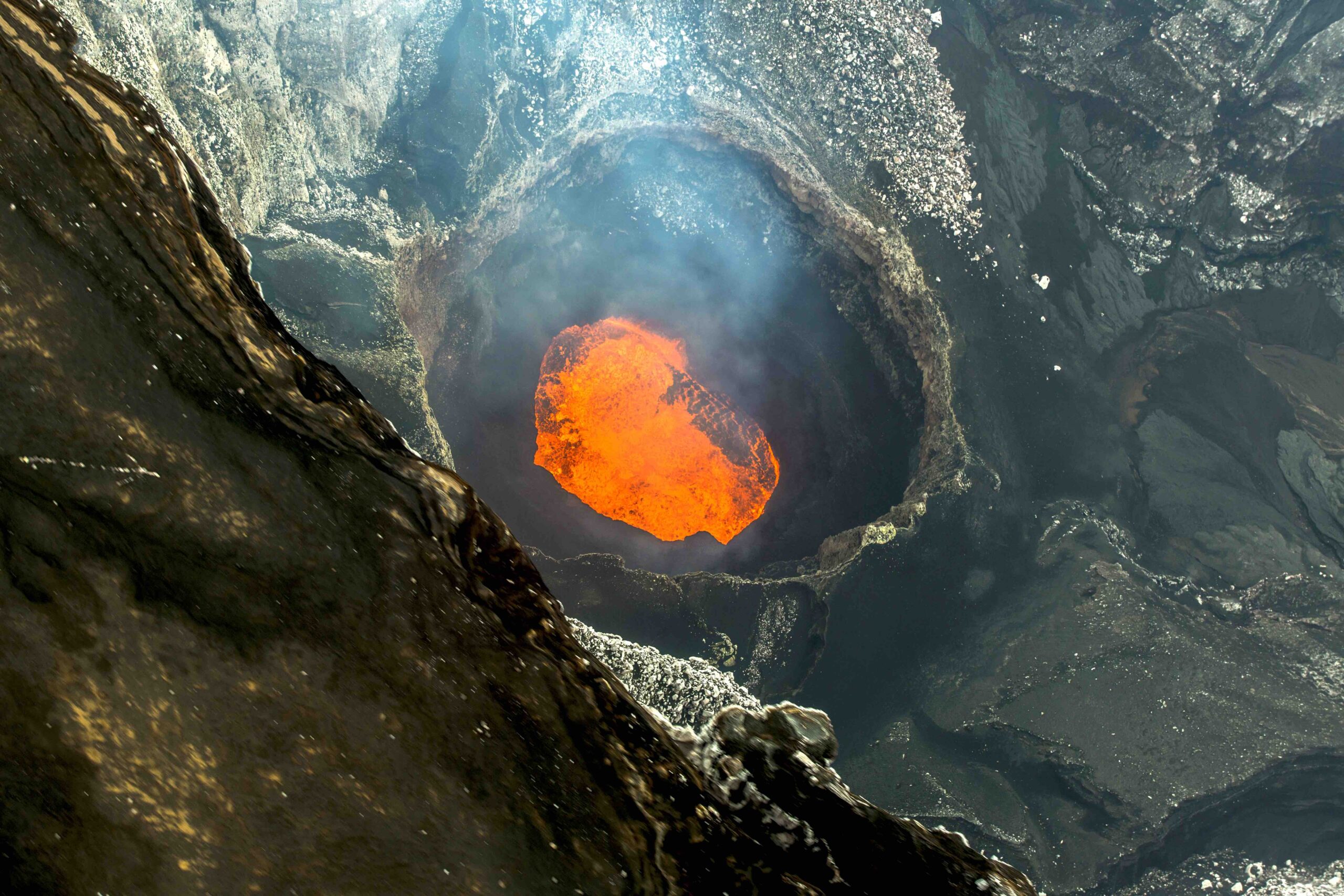
The hiking route is covered with hardened lava bombs and volcanic ash and at one point, we saw a solidified rock as large as a car. This served as a constant reminder of how violent Yasur can be – shooting out a huge volcanic bomb far out from the crater rim. From time to time, a mix of gases (typically carbon dioxide, sulphur dioxide, hydrogen chloride, and hydrogen sulphide) is released from the ground near the trekking path, an indication of what lies deep beneath us – a cavern of boiling magma.
Standing at 361 metres, Mount Yasur is deceivingly insignificant compared to renowned volcanoes like Italy’s Vesuvius and the Philippines’ Pinatubo. However, it is one of the most spectacular volcanoes you will get to see on any given day. Peering into the crater reveals a stunning performance put on by Mother Nature – a grand-scale fusion of musical fountains and fireworks.
Each eruption is not a random splatter of lava; rather, it is a uniquely choreographed routine accompanied with rumbling choruses and songs of raging waves. Sometimes, the slow-motion erupting rock seems like a graceful angel spreading its wings and soaring into the sky. Occasionally, it bursts with delightful sparks like a little kid eager to please. Other times, it shows its merciless wrath with a roaring explosion that propels lava high up towards the crater rim where visitors stand and shakes the ground beneath with waves of heat overpowering the otherwise chilly summit.
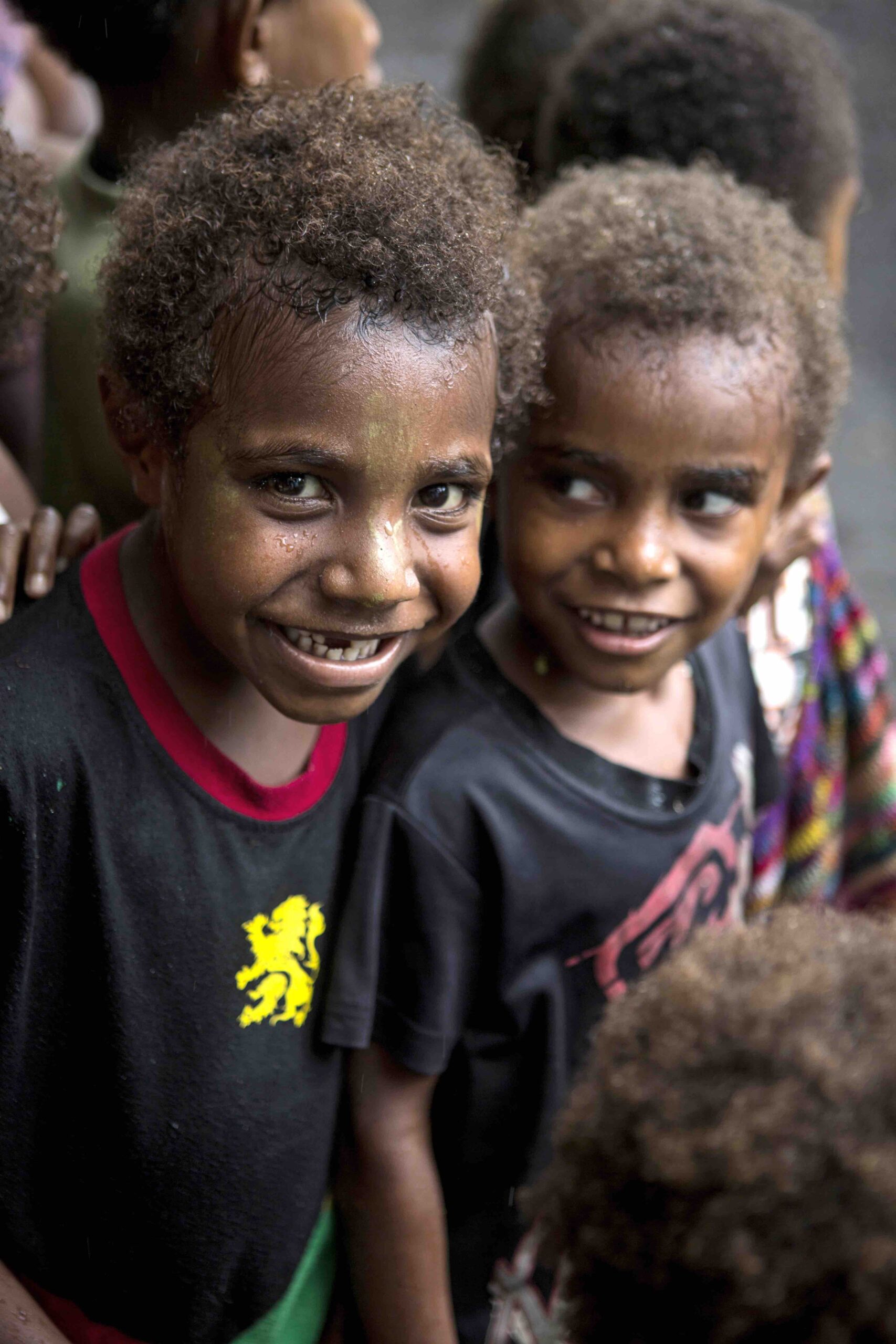
This is when we are reminded not to stand too close to the edge of the crater rim, for a mere slip can send you tumbling down the rocky path into the glowing lava fountain. Such is the enchanting beauty of Yasur, with the ability to charm and to instil fear at will.
Braver than Bungee
Pentecost Island, 190 kilometres north of the Vanuatuan capital Port Vila, is famous for a different reason. Each April, the men of the island construct a 30-metre-high wooden stick tower to prepare for the Naghol, or Land-Diving, ritual. It is from this traditional practice that modern bungee jumping is derived.
This ritual is said to have begun with a story of a woman who was trying to escape her abusive husband by hiding up a tree. She was forced to jump from the tree by her pursuing partner. However, she secretly tied liana vines to her ankles. When her husband jumped after her, he plunged to his death. Eventually, Naghol became a positive ritual to demonstrate courage, performed at a time when a boy transits into manhood. The ritual also simultaneously blesses the soil for a good yam harvest the following year. On this special day, men dress in traditional garb, comprising simply a nambas (penis sheath), while women wear grass skirts.
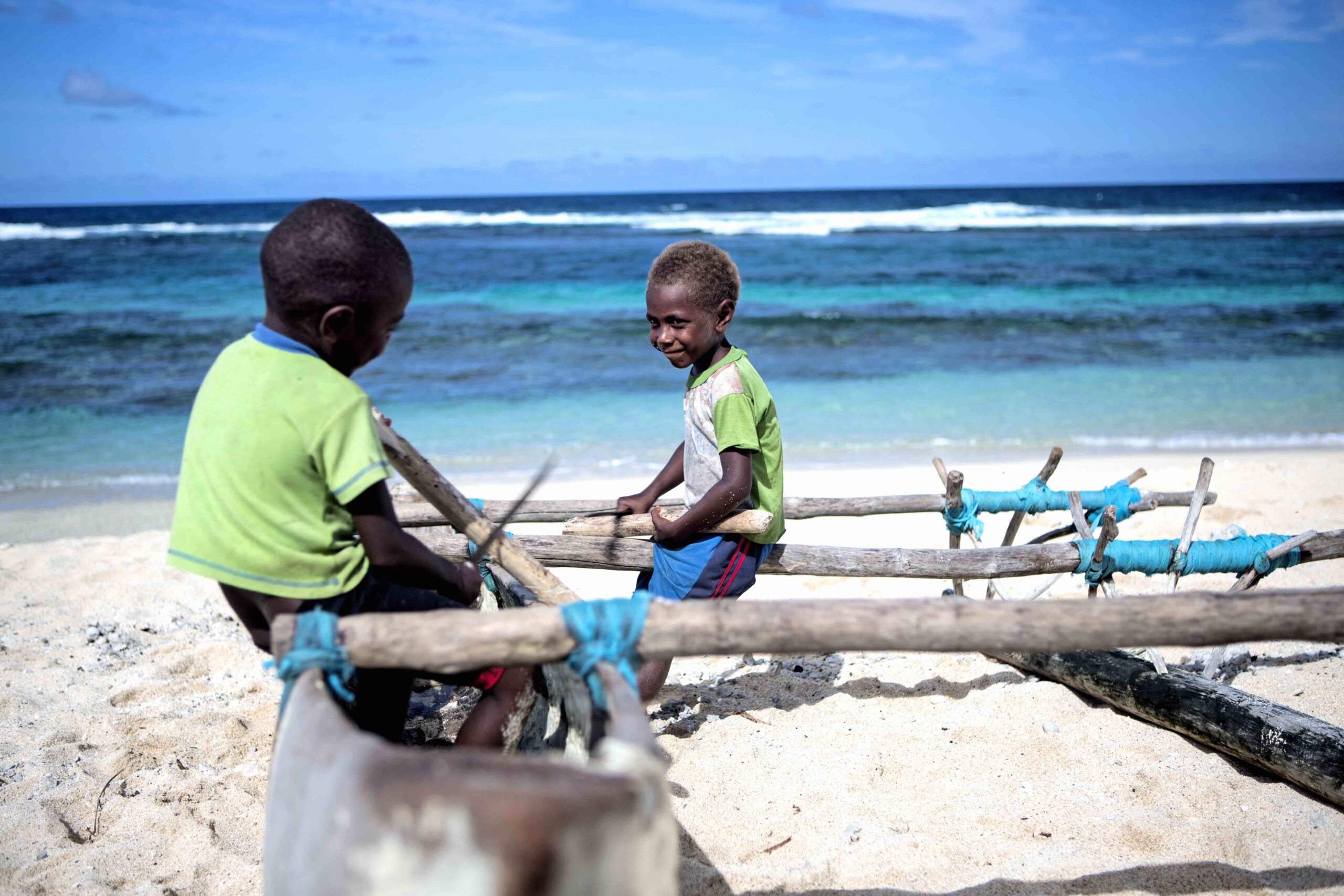
Our diver climbed up the tower and took his position on the platform. A helper then tied liana vines to his ankles. Standing tall, he looked towards the heavens with his hands outstretched and called out to express his grievances. Fellow tribesmen and women began chanting and whistling their encouragement. With both fists clenched and tucked under his chin, the diver jumped off the platform… Thirty metres of free fall supported by mere liana vines – would he survive this dramatic “leap of faith” or would he plunge to his death?
For the rest of this article (Asian Geographic No.107 Issue 5 /2014 ) and other stories, check out our past issues here or download a digital copy here
The 25th anniversary of the largest and longest running dive show, Asia Dive Expo (ADEX) is set to occur on the 11-14th April 2019. Centred on the theme – Plastic free Future, ADEX is more than just a dive show with its commitment to the environment. Among an exciting lineup of programs, attendees can look forward to a Future Forward Series of Panel Discussion on the Single-Use Plastic Conundrum in Asia, on 13th April.
So join us at the event, get inspired and for all you know, you might just liberate the inner diver in you! More details of the event here.



